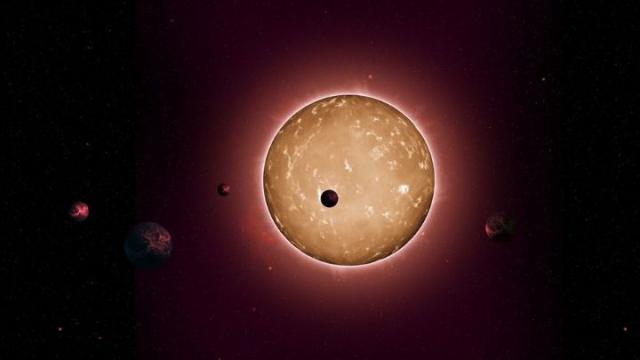Some new exoplanets just got discovered in the night sky – 366 of them, plus two gas giants, in fact!
Astronomers at the University of California, Los Angeles made the discovery of all of these planets through a new planet detection algorithm, developed by Jon Zink, a postdoctoral scholar at UCLA. A report was published by UCLA about the 366 new exoplanets featuring astronomers from the Scaling K2 Project.
The data came from NASA’s Kepler Space K2 mission telescope. Although its official mission ended in 2013 due to a mechanical issue, it has still provided valuable insight into the discovery of hundreds of exoplanets.
“Discovering hundreds of new exoplanets is a significant accomplishment by itself, but what sets this work apart is how it will illuminate features of the exoplanet population as a whole,” says Professor Petigura, a co-author of the report.
“The catalog and planet detection algorithm that Jon and the Scaling K2 team devised is a major breakthrough in understanding the population of planets … I have no doubt they will sharpen our understanding of the physical processes by which planets form and evolve.”
The discovery of these planets kind of relied all on data. Data was found by the Kepler Space K2 mission telescope, then it was fed into Zink’s algorithm, which is able to filter between false positives (like astrophysical objects that might mimic planets or light sources) when looking for a planet. The algorithm helps filter out false positives, hence why 366 new exoplanets were discovered.
So, what does this mean for the future of space exploration? Well, with these 366 new exoplanets and two gas giants confirmed, it could mean more accurate identification of planets outside our solar system in the future. Zink also noted that it could help us discover what stars are more likely to have planets forming around them.
Although researchers don’t really know how to explain just how two gas giants were found by Zink’s new algorithm just yet, it’s a notable find and could lead researchers to learn more about how planets form.
“We need to look at a wide range of stars, not just ones like our sun, to understand that,” said Zink.
“The discovery of each new world provides a unique glimpse into the physics that play a role in planet formation.”
